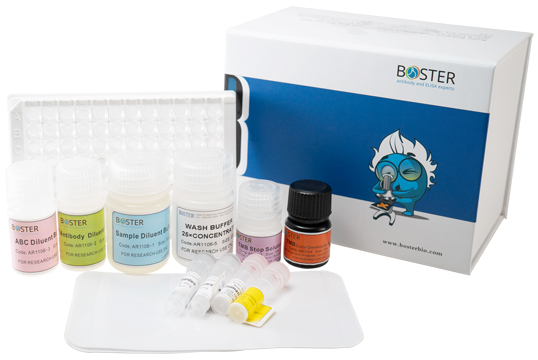Traditional protein identification procedures, such as immunoblotting, chemical sequencing of endosomes, congregation evaluation of unknown or known proteins, or overexpression of enzymes which are significant in an organism are often time-consuming, labor-intensive, and unsuitable for high throughput.
Screening. Presently, chosen techniques include image analysis for protein identification, immunoblotting principle, micro sequencing, amino acid composition analysis for additional identification of peptide fragments, and techniques associated with mass spectrometry. To know about immunoblotting principle online you can search the browser.

Picture analysis technology
The"Starry" 2-DE map analysis can't rely on instinctive intuition. Up-regulation, down-regulation, appearance, and disappearance of spots on each picture might occur under physiological and pathological conditions, and computer-based information should be relied upon. Processing, quantitative investigation.
Picture analysis includes spot detection, background subtraction, spotting, and database structure with a range of high-quality 2-DE gel manufacturing (low background staining, higher reproducibility).
The system typically utilized to get visions is a charge-coupled camera; a laser densitometer and Fluoro or phosphor imagers digitize the picture. And become a pixel-based grid and space. Next, filtering and deformation are displayed on the grey level of the picture, and picture processing is done to do spot detection.
The Gaussian, Laplacian, DOG operator divides the purposeful area from the background, just defining the intensity, area, perimeter, and management of the spot.
The spots detected by image analysis has to be consistent with the stains observed by the naked eye. Under this principle, most systems examine the middle of gravity or the maximum summit of the spot. The edge detection software correctly describes the look of the place and performs edge detection and proximity analysis to improve accuracy.